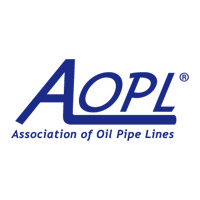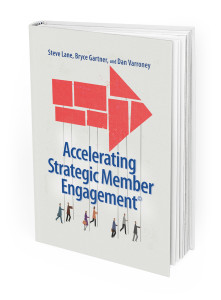Where are CEO’s planning to spend their time in 2016? According to a KPMG study of 400 Chief Executives, “34% spend more time with regulators or are considering doing so.” The same report notes the regulatory environment as the number one issue that can “impact a company”, and adapting to government regulation is ranked as CEO’s second most critical challenge. For companies, the spike in regulatory activity is real. In 2015, Thomson Reuters published its sixth annual Cost of Compliance Survey noting among other challenges “regulatory fatigue.” Is the increase in regulatory activity reshaping associations?
Advocacy Strategy Shift
 While the lion’s share of Washington, DC advocacy was once focused on Capitol Hill, that is no longer the case. Since 2009, Associations are actively expanding their advocacy game plans to address increasing regulatory activity. At AOPL, (the Association of Oil Pipelines) the spike in federal activity requires increasing daily focus on two critical agencies, DOT (The Department of Transportation) and FERC (the Federal Energy Regulatory Commission) notes Andy Black, President and CEO of the organization.
While the lion’s share of Washington, DC advocacy was once focused on Capitol Hill, that is no longer the case. Since 2009, Associations are actively expanding their advocacy game plans to address increasing regulatory activity. At AOPL, (the Association of Oil Pipelines) the spike in federal activity requires increasing daily focus on two critical agencies, DOT (The Department of Transportation) and FERC (the Federal Energy Regulatory Commission) notes Andy Black, President and CEO of the organization.
Big Data Drives Positive Disruption
How is the increase in regulatory activity reshaping associations? Through the creation of innovative compliance strategies that create competitive advantage for the industry. For example, in 2012, AOPL and API (the American Petroleum Institute) collaborated to build an Annual Liquids Pipeline Safety Performance Report & Strategic Plan. The initiative led by AOPL’s John Stoody, Vice President Government Affairs and Public Relations, continually identifies new and innovative approaches to achieve “zero pipeline incidents through a Mission dedicated to “pipeline safety excellence.”
While “Big Data” was essential to launching the initiative, it also provides ongoing context for pipeline industry brainstorming serving as critical member engagement opportunities.
Industry Convener
Where else is the increase in regulatory activity reshaping associations? With organizations such as AOPL serving as the Industry’s “convener”, company executives and federal regulators collaborate, share knowledge, and formulate new solutions on an ongoing basis. One of the key drivers of the pipeline safety initiative’s success is AOPL’s collaboration with API as both organizations effectively engage all upstream and downstream companies within the industry.
At AOPL, Black emphasizes that the industry and the members are the “thought leaders” and that they are essential in helping to facilitate development of new pipeline safety solutions for the industry.
Member Engagement
Is the increase in regulatory activity reshaping associations in terms of member engagement? Key elements of member engagement are becoming even more important. Collaborating and sharing knowledge is increasingly important for AOPL and Pipeline Companies. Maintaining a platform to share knowledge and continually create ongoing pipeline safety solutions is helping the industry achieve business outcomes in a low growth environment.
Regulatory Activity Reshaping Associations
Regulators are playing an increasing and more dominant role in shaping the business environment and CEO’s are investing more time and resources to address these challenges. At the same time, regulatory activity is also reshaping the role of associations.
How will regulatory activity reshape Associations? In an age of disruption, could the role of the modern association be industry convener, innovator, solution center, and strategic partner?
Free eBook “Accelerating Strategic Member Engagement” is available upon request for all Association Executives at www.potomaccore.com






